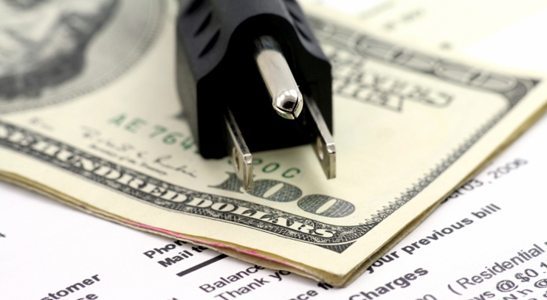Energy consumption is essential for any business or organization to function. As a result, they incur heavy bills that need to be cleared on time. While energy consumption is unavoidable, what you can do is avoid high billing costs.
With a utility bill audit, you can reduce a set percentage of the energy costs you pay every month. If you’re planning on an audit, either in-house or with a consultancy, here are few mistakes you should avoid making. By applying these measures, you can reduce the number of errors and further bring down your cost.
An Inappropriate Audit Scope
When preparing an energy audit plan, you need to define the audit scope. Its purpose is to identify the different business components that should be audited in the auditing process.
But most businesses make the mistake of creating an inappropriate audit scope. They limit the auditing boundaries, which affects the scope of opportunities for improvement.
Part of the reason is that the audit scope is business- and sector-dependent. A restaurant will have a different audit scope than a rice mill or a shopping mall.
Before conducting an energy audit, you should ensure that your goals match your desired objectives.
Overestimating Energy Savings
Businesses tend to focus more on energy savings when conducting a utility bill audit. In doing so, they develop unrealistic savings expectations and overestimate the savings. But many factors affect how much money you’ll be saving on your utility bills.
In some cases, the estimates can be twice as high as the actual savings. So if you strictly compare the two figures, you’d conclude the audit as a failure and abstain from subsequent necessary audits. Even worse, you’ll have poor prioritization measures in place.
While audits do save money for businesses, they shouldn’t be your only goal. Look for ways that can improve the productivity of your company.
Not Creating a Checklist
You need to have an audit checklist that will ensure you’re auditing your premises systematically and consistently. You can either develop your checklist or download one from online sources. You can use the checklist offered by the Department of Energy as a benchmark.
Basically, it should contain the following:
• Steps you should take during the audit process
• The types of data and information to collect for the audit
• The existing measurement instruments
• Requirement measurement instruments
• List of equipment to be accessed
• Other considerations and measures
Without the checklist, you might skip major steps, and it will make the results inaccurate.
Skipping Building Insulation
It’s a known fact that building insulation can influence your utility bills. You’ll have a much harder time regulating the temperature without insulation. So you’d have to spend more money to achieve the desired temperature.
But surprisingly, a few businesses tend to skip in their auditing process. Experienced auditors will tell you that it’s a mistake.
You need to give equal importance to auditing building insulation as you give to other components like heating, ventilation, lighting, and air-conditioning.
You should check for the following:
• Roof insulation
• Cavity walls
• Dampness in walls
• Windows (double-glazed or secondary glazed)
• Air leakages
• Any mechanical parts causing overheating issues
Omitting Installation Costs
It’s a must to have installation costs reflecting in the energy savings report. If it’s omitted, then you’re making a mistake. Without the installation cost, you’d make incorrect prioritization, and the cost-saving measures will fall flat. You’ll later incur more cost than what you could have saved.
Your utility bill audit report should include an initial budget for covering the necessary installation.
Fluctuating prices between suppliers make it hard to pinpoint an exact figure. Experienced auditors can make it as accurate as possible.
Not Creating a Post-audit Workflow
The final glaring mistake business makes is not creating a post-audit workflow for the staff members. Without this, you may go back to your existing working pattern, thus increasing your utility cost.
Your Post-audit workflow should include the following:
• Identifying the audiences to communicate the efficient action plan about
• Raising awareness about the energy cost-cutting measures across the board
• Training staff members for best practices
• Motivating by creating incentives that encourage staff to adopt practices that cut energy consumption
• Steps to track the results and measure the effectiveness
Every type of business should carry out the utility bill audit regularly. This is true for both large businesses and SMBs. Because such checks are mandatory for large companies, they have an in-house team to handle the audits.
For small and mid-size businesses, they must hire a reputed auditor to help with the billing audit. For best results, it’s essential to deal with a certified consultant.




